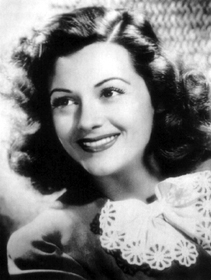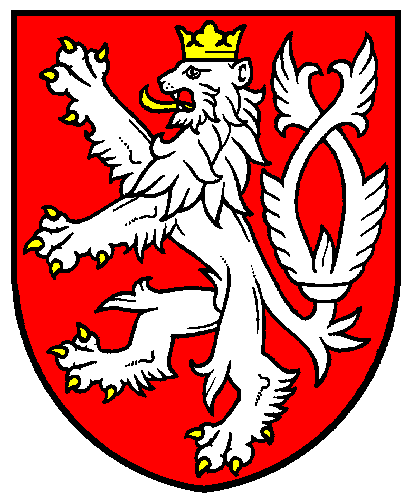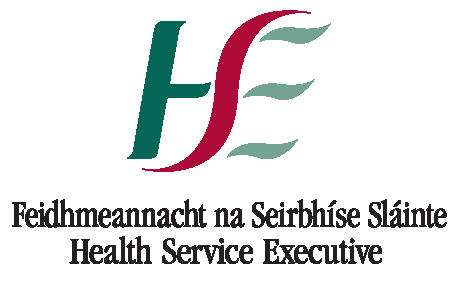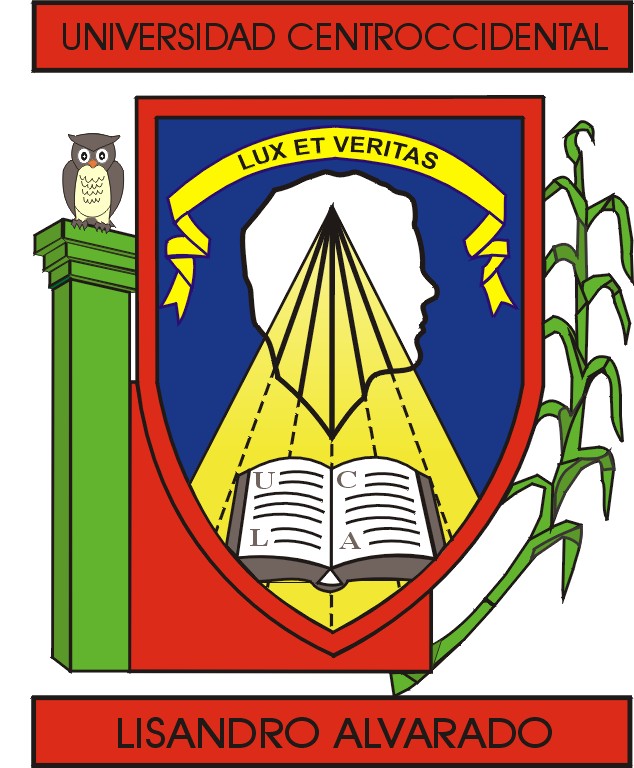4 european association of cultural researchers e.v. statute of 8 december 1993, as amended 8 november 2017 1. name, headquarters
4
European Association of Cultural Researchers e.V.
STATUTE
of 8 December 1993, as amended 8 November 2017
1. Name, Headquarters, Fiscal Year
1.
The Association shall be entitled European Association of Cultural
Researchers e.V. (registered under German Law)
2.
The main headquarters of the Association shall be Bonn, Germany.
3.
The Association's fiscal year shall equal the calendar year.
2. Objectives
The main purpose of the Association is to bring together researchers
and institutions with different scientific and cultural orientation,
coming from all parts of Europe or being linked with it, to achieve
the following objectives :
1.
Promote European and international understanding and communication
through initiating and supporting comparative scientific research
and documentation projects in all cultural domains und foster
Europe-wide transparency and competence in cultural policymaking
trough e.g. expert publications, professional encounters and
documentation services.
2.
Contribute to basic and professional education, e.g. through
studies, the dissemination of information, exchange programs and
other means. The goal is to enhance participation and a sense of
belonging to the cultural and spiritual life of Europe and its
regions. At the same time, the Association strives to improve
scientific knowledge and supports new generations of researchers
and professionals in the arts, culture and media fields;
3.
Establish and contribute actively to an interdisciplinary
institute for basic and applied research in the cultural and media
fields (European Institute for Comparative Cultural Research –
ERICarts). Among the Institute's tasks are: to undertake
intercultural studies including related legal, economic, social
and political developments; to adopt educational and advisory
roles; to prepare adequate documentation, data and information
resources.
4.
Develop instruments to promote scientific, educational and
cultural initiatives which address the increasing integration of
Europe, the particular needs of Central and Eastern European
countries and increasing contacts with the southern hemisphere via
exchange programmes and projects such as evaluations, surveys,
publications; co-operation between libraries and archives;
internships and scholarships;
In order to fulfil its mandate, the Association will maintain working
contacts with other not-for-profit institutions, foundations and
organisations; as well, it will co-operate with universities and
scientific institutes at European and national levels and with
international or intergovernmental bodies, in particular with the
European Commission and Parliament, the Council of Europe, the
European Cultural Foundation etc. A support of goals or activities
which are not compatible with the general public interest mission of
the Association is excluded.
3. Non-Profit Status
The Association shall solely pursue goals serving the general public
interest as put forth in the German federal tax laws for non-profit
organisations.
4. Composition of Membership
1.
The Association shall be comprised of Full Members, Student
Members and Honorary Members. A General Assembly of the
Association may set guidelines for the definition of the status
and for the election of members.
2.
"Honorary" membership status may be conferred upon individuals,
institutions or organisations for either a limited or for an
indefinite period following their nomination through one or more
members and the confirmation of said nomination by the Executive
Board. Honorary Members shall further the objectives stated in
Article 2.
5. Termination of Membership
1.
Membership shall be terminated upon the dissolution of official
ties to the General Assembly, or through a Vote of Exclusion.
6. Official Bodies of the e.V./Board of Trustees
1.
Official bodies of the Association shall be as follows:
- the General Assembly,
- the Executive Board of the Association.
2.
A Board of Trustees may additionally be created under guidelines
to be established by the General Assembly. Said Board of Trustees
would serve to advise and support the work of the Association and
thereby to protect the interests of individuals and institutions.
They would provide the Association with material and conceptual
support. Individuals or institutions who are represented on the
Board of Trustees may individually become Patrons of the
Association for either indefinite or definite time periods.
7. Powers of the General Assembly
1.
All members shall have one vote.
2.
The General Assembly shall be considered the competent body to
pass resolutions when 25% of the members are present. Should said
condition not be fulfilled, the President to the Executive Board
of the Association shall be obliged to reconvene the General
Assembly within three weeks time in order to deliberate the
original agenda. A reconvened General Assembly shall be competent
to pass resolutions regardless of the number of members present.
This condition shall be noted in the written invitation to
reconvene.
3.
A simple majority shall suffice to pass a measure--should this not
be otherwise established. A divided vote shall be considered a
veto.
4.
A two-thirds majority of members shall be required to amend the
Statutes.
5.
A simple majority of all members shall be required to dissolve the
Association. Written absentee ballots shall be considered
acceptable in the case of a Vote for Dissolution.
8. Executive Board of the Association
1.
The Executive Board of the Association consists of:
- a President;
- two Vice-Presidents;
- a Treasurer;
- up to five other members.
2.
As a rule, the President should not come from the same country as
the Vice-Presidents. In addition, the General Assembly should
strive to elect members from different European countries to sit
on the Executive Board.
3.
Legal representatives of the Association, in accord with § 26 BGB,
are:
- the President;
- the two Vice-Presidents;
- the Treasurer and;
- the Secretary General (if nominated).
The President, the Secretary General or one of the Vice-Presidents
together with the Treasurer can act as the legal representatives of
the Association.
4.
In their internal dealings, all members of the Executive Board
have equal voices.
5.
The Executive Board is responsible for activities mandated by the
General Assembly and for preparing documents outlining the
guidelines and election procedures and for making staff proposals,
according to the rules set forth by the General Assembly. The same
responsibilities apply to the supervision of the ERICarts
Institute (Art. 2,3).
6.
The Executive Board is elected for a period of two years. It will
remain in office until new members are elected to the Executive
Board.
9. Management
1.
The Executive Board decides on the management of the Association.
2.
If no manager is appointed, one of the members of the Executive
Board can be designated to act as Secretary General according to
Art. 8,3 and take up related management functions.
3.
The tasks of the manager and his/her remuneration can be defined
by the Executive Board in management guidelines.
10. Liability
1.
The liability of the bodies of the Association is limited to its
funds.
11. Revenues and profits
1.
The Association works without financial interest and does not
pursue mainly commercial purposes. It does not strive for profit.
2.
In line with § 55 Par. I Art.1 AO (German Fiscal Regulation), the
members of the Association shall, in that capacity, not receive
donations from the funds of the Association. No individual or
institution shall receive funds which do not correspond to the
goals set forth in Art. 2 or which are unreasonably high.
3.
Funds of the Association can be spent only for the purposes
prescribed in this Statute.
4.
The General Assembly decides on how to carry out an audit.
12. Dissolution
1.
In the case of dissolution or if the present goals of the
Association can no longer be pursued, its funds shall be given to
a public institution or to another scientific or research body
with special taxation privileges.
Bonn, December 8, 1993
Amendments and clarifications have been made in 1998, 2005 and 2017,
following respective decisions of the General Assembly.
 ESTHER FERNÁNDEZ CONDECORACIÓN JOSÉ CLEMENTE OROZCO DECRETO 7263 F
ESTHER FERNÁNDEZ CONDECORACIÓN JOSÉ CLEMENTE OROZCO DECRETO 7263 F AEAT 5850 ISSUE 2 SITE SPECIFIC PROJECTIONS OF
AEAT 5850 ISSUE 2 SITE SPECIFIC PROJECTIONS OF LICENCIATURA EN ADMINISTRACIÓN DE EMPRESAS Y ADMINISTRACIÓN PÚBLICA ASIGNATURA
LICENCIATURA EN ADMINISTRACIÓN DE EMPRESAS Y ADMINISTRACIÓN PÚBLICA ASIGNATURA JUDR JAN KNĚŽÍNEK PHD MINISTR SPRAVEDLNOSTI ČR PRAHA 8
JUDR JAN KNĚŽÍNEK PHD MINISTR SPRAVEDLNOSTI ČR PRAHA 8 P RINCIPAL PSYCHOLOGIST MANAGER JOB SPECIFICATION & TERMS AND
P RINCIPAL PSYCHOLOGIST MANAGER JOB SPECIFICATION & TERMS AND UNIVERSIDAD CENTROCCIDENTAL “LISANDRO ALVARADO” COORDINACIÒN DE PROTOCOLO
UNIVERSIDAD CENTROCCIDENTAL “LISANDRO ALVARADO” COORDINACIÒN DE PROTOCOLO PODER LEGISLATIVO LEY N 196 QUE DISPONE QUE LOS
PODER LEGISLATIVO LEY N 196 QUE DISPONE QUE LOS PRAVIDLA SOUTĚŽE „FACEBOOK FOTOSOUTĚŽ POJĎ SI K NÁM ODPOČINOUT“
PRAVIDLA SOUTĚŽE „FACEBOOK FOTOSOUTĚŽ POJĎ SI K NÁM ODPOČINOUT“ CTCORESECHRROLESEMPTERMED PURPOSE OF QUERY HR ROLES ASSIGNEDTERMED EMPL
CTCORESECHRROLESEMPTERMED PURPOSE OF QUERY HR ROLES ASSIGNEDTERMED EMPL  MATCH THE WORDS TO THE PICTURES ARE THE SENTENCES
MATCH THE WORDS TO THE PICTURES ARE THE SENTENCES THE CHANGE AGENTS STUDENTS AT SHEFFIELD HALLAM UNIVERSITY THE
THE CHANGE AGENTS STUDENTS AT SHEFFIELD HALLAM UNIVERSITY THE © TIRANT LO BLANCH 2005 ACTUALIZACIONES PARA DERECHO PROCESAL
© TIRANT LO BLANCH 2005 ACTUALIZACIONES PARA DERECHO PROCESAL DEPARTAMENTO DE RECURSOS HUMANOS MFBLVFCTT PROCESO DE SELECCIÓN INTERNO
DEPARTAMENTO DE RECURSOS HUMANOS MFBLVFCTT PROCESO DE SELECCIÓN INTERNO GENERALITAT DE CATALUNYA DEPARTAMENT D’EDUCACIÓ IES FLIX DEPARTAMENT
GENERALITAT DE CATALUNYA DEPARTAMENT D’EDUCACIÓ IES FLIX DEPARTAMENT